Parched
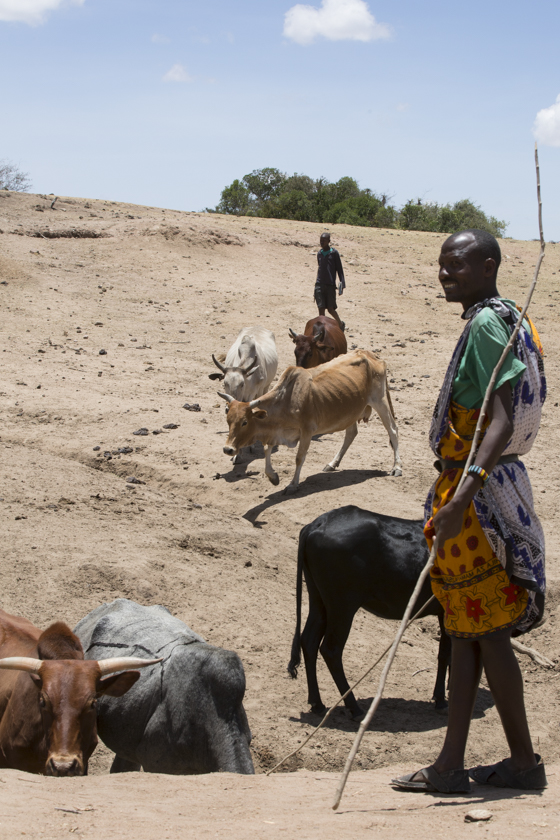 During our most recent trip to Kenya one of the primary goals was to travel outside the area served by our
During our most recent trip to Kenya one of the primary goals was to travel outside the area served by our
last water development
project and determine the needs of the surrounding communities. One Sunday afternoon we visited a spring called Ripoi where many women fetch water to provide for their families. Over 400 people and many, many wild animals and livestock rely on water from this spring every day. Walking up to the spring the first thing I noticed was a boy with a herd of cattle to my left. He was holding them at the top of the dusty hillside above the spring. Waving a long stick at them if they tried to leave the bunch. Down below, on my right was a group of three cows drinking from a small pool of water that had been dammed up with a berm of the clay-rich mud. When I asked about this the Maasai herdsman told me that it was their turn to water their cattle at the spring. They can only allow two or three cows to come to drink at a time. By doing this they can avoid the cattle drinking down the small amount of water there and then trampling the spring. They are often there for hours giving each animal a chance to drink. 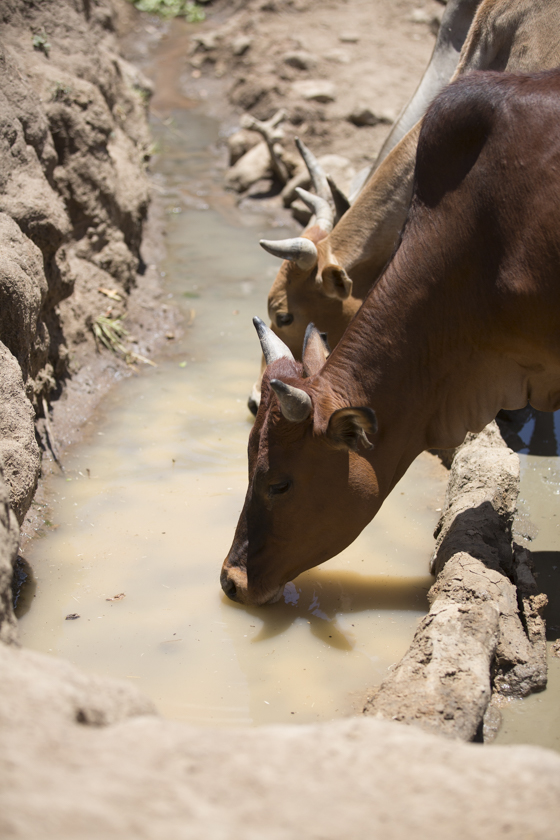
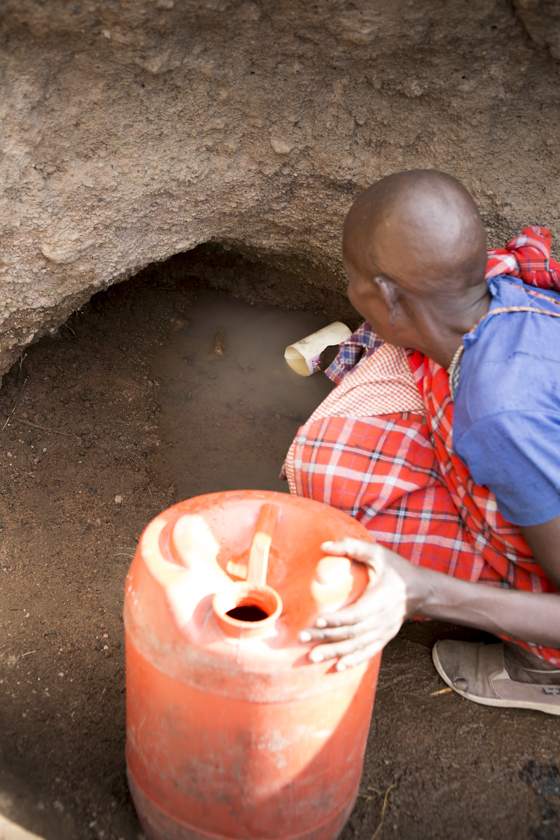
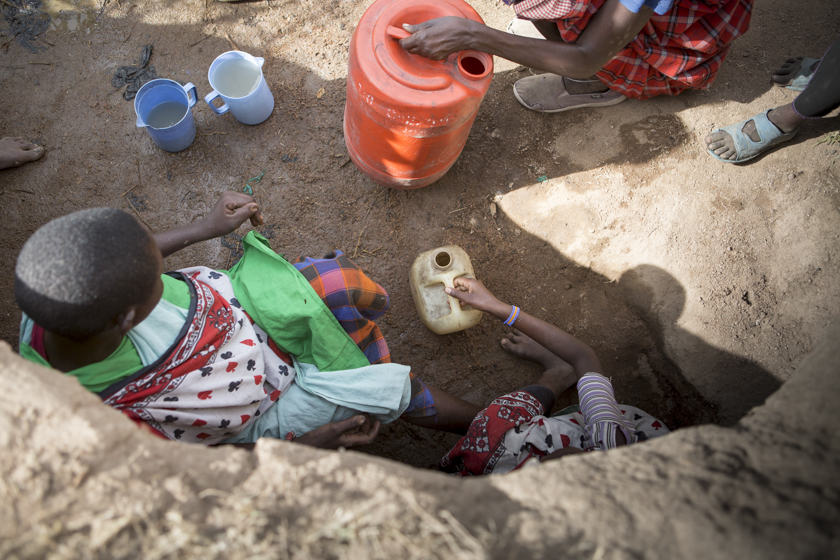
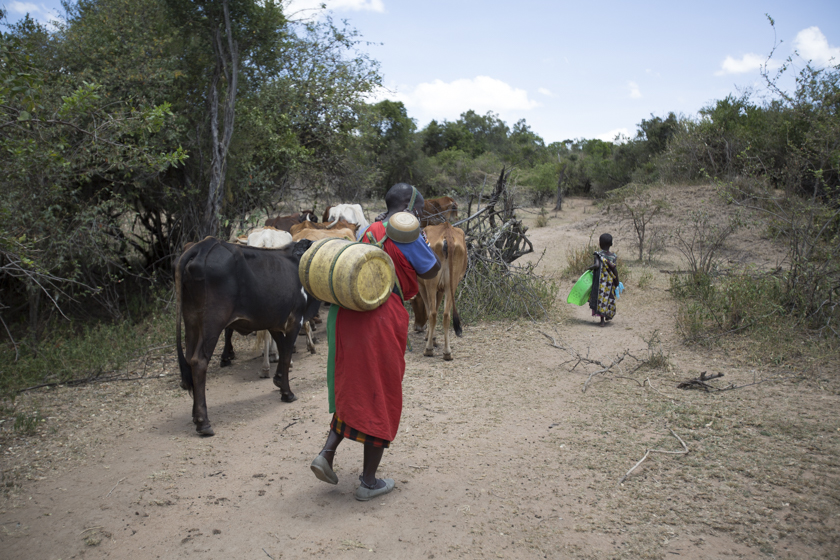
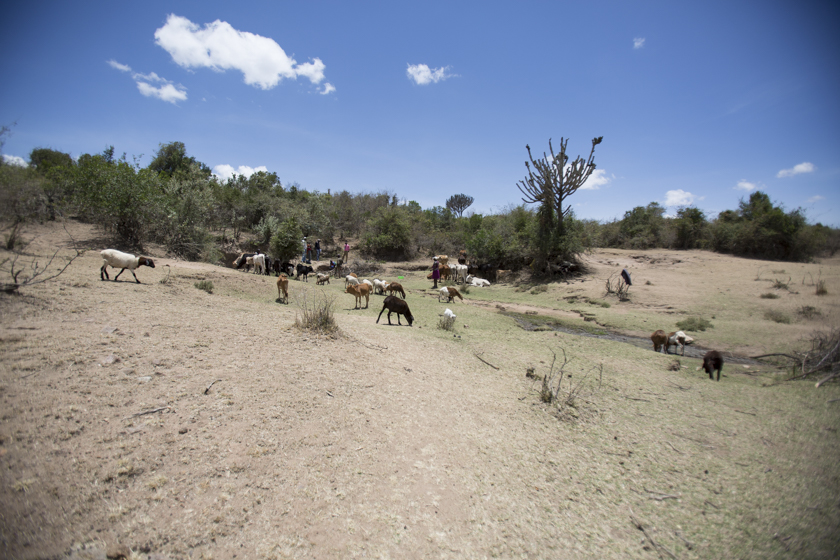
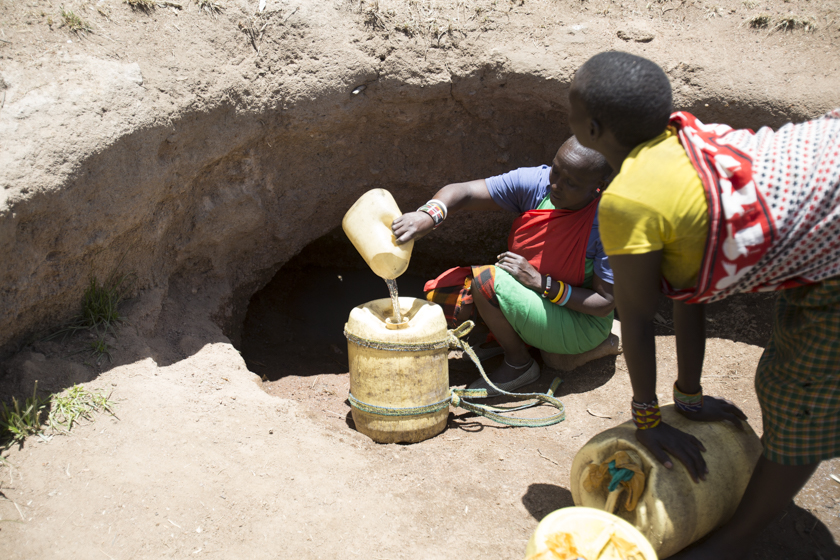
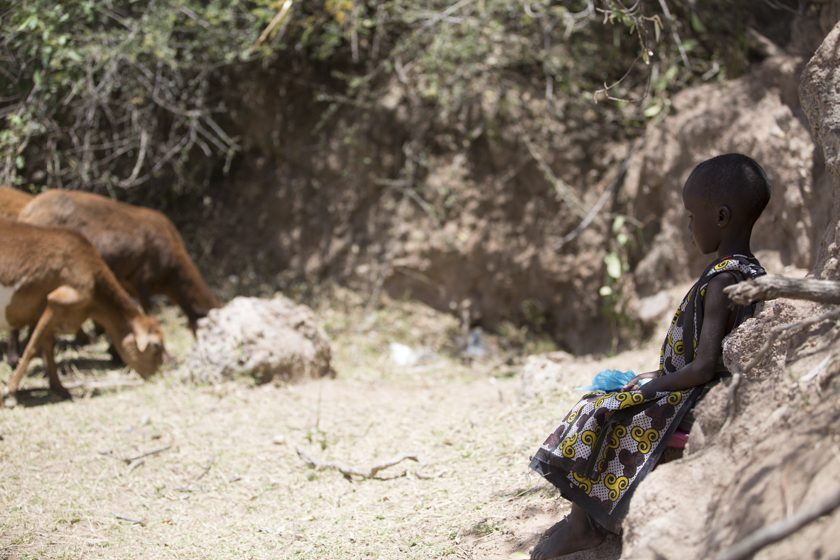
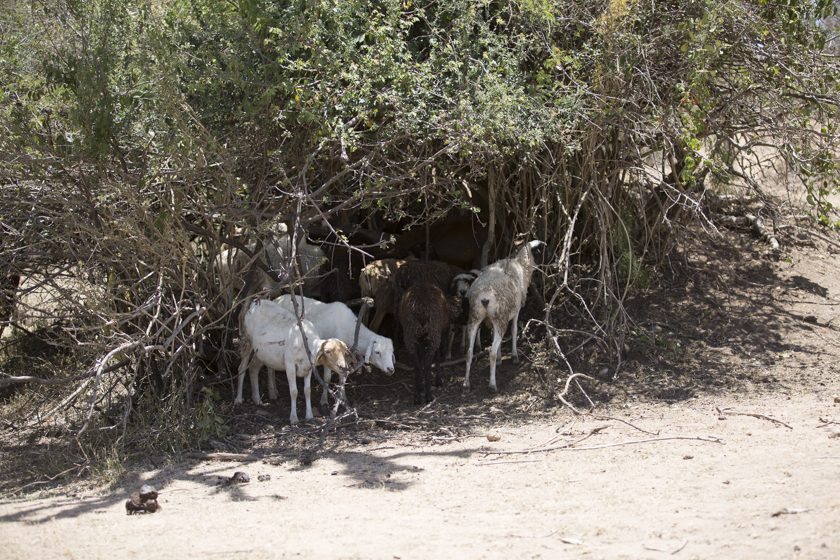 While we stood there watching the cattle drink I noticed a bunch of goats shading up under an Acacia bush waiting their turn too. As I followed the small stream of water slightly uphill I met some women scrubbing clothes in buckets and hanging them to dry on the bushes. Another woman was washing her head, feet and hands in a basin of water that she had collected from the top of the spring. A small girl, probably about four or five years-old watched another small group of goats from a patch of shade, while her grandmother filled her 20L jug with the cloudy water.The top ‘eye’ or source of the spring held a small pool of water which measured maybe one foot across and was about two and a half inches deep. The eye had been dug out, little by little to reach water during these long dry months. The little girl’s grandmother, Loso, along with a few other women were dipping water with a plastic cup and pouring it slowly into the larger 20L water cans and five Liter jugs, which had been cleaned and repurposed; they originally held engine oil. As the ladies filled their jugs I asked how far each of them had to walk back home with the water. The answers are always the same…”very far” or “not far”. I asked a few more questions and found out that their homes were anywhere from one and a half kilometers to five kilometers – that’s over three miles carrying at least 45 pounds of water! I share this story because we have been given the privilege of finding these people, in these places, in these circumstances… and we can do something about it! Each spring is different and the materials and labor required at each location vary. A larger spring with multiple eyes such as Ripoi can be protected and developed to collect and provide clean water to families, livestock and animals for less than $3000. Some smaller springs can be developed for $600. Would you consider becoming a spring sponsor today? Please consider sharing this post to let others know about the opportunity to give life-saving clean water.
While we stood there watching the cattle drink I noticed a bunch of goats shading up under an Acacia bush waiting their turn too. As I followed the small stream of water slightly uphill I met some women scrubbing clothes in buckets and hanging them to dry on the bushes. Another woman was washing her head, feet and hands in a basin of water that she had collected from the top of the spring. A small girl, probably about four or five years-old watched another small group of goats from a patch of shade, while her grandmother filled her 20L jug with the cloudy water.The top ‘eye’ or source of the spring held a small pool of water which measured maybe one foot across and was about two and a half inches deep. The eye had been dug out, little by little to reach water during these long dry months. The little girl’s grandmother, Loso, along with a few other women were dipping water with a plastic cup and pouring it slowly into the larger 20L water cans and five Liter jugs, which had been cleaned and repurposed; they originally held engine oil. As the ladies filled their jugs I asked how far each of them had to walk back home with the water. The answers are always the same…”very far” or “not far”. I asked a few more questions and found out that their homes were anywhere from one and a half kilometers to five kilometers – that’s over three miles carrying at least 45 pounds of water! I share this story because we have been given the privilege of finding these people, in these places, in these circumstances… and we can do something about it! Each spring is different and the materials and labor required at each location vary. A larger spring with multiple eyes such as Ripoi can be protected and developed to collect and provide clean water to families, livestock and animals for less than $3000. Some smaller springs can be developed for $600. Would you consider becoming a spring sponsor today? Please consider sharing this post to let others know about the opportunity to give life-saving clean water.
Learn more about Montana on a Mission and donate at: www.montanaonamission.org/donate

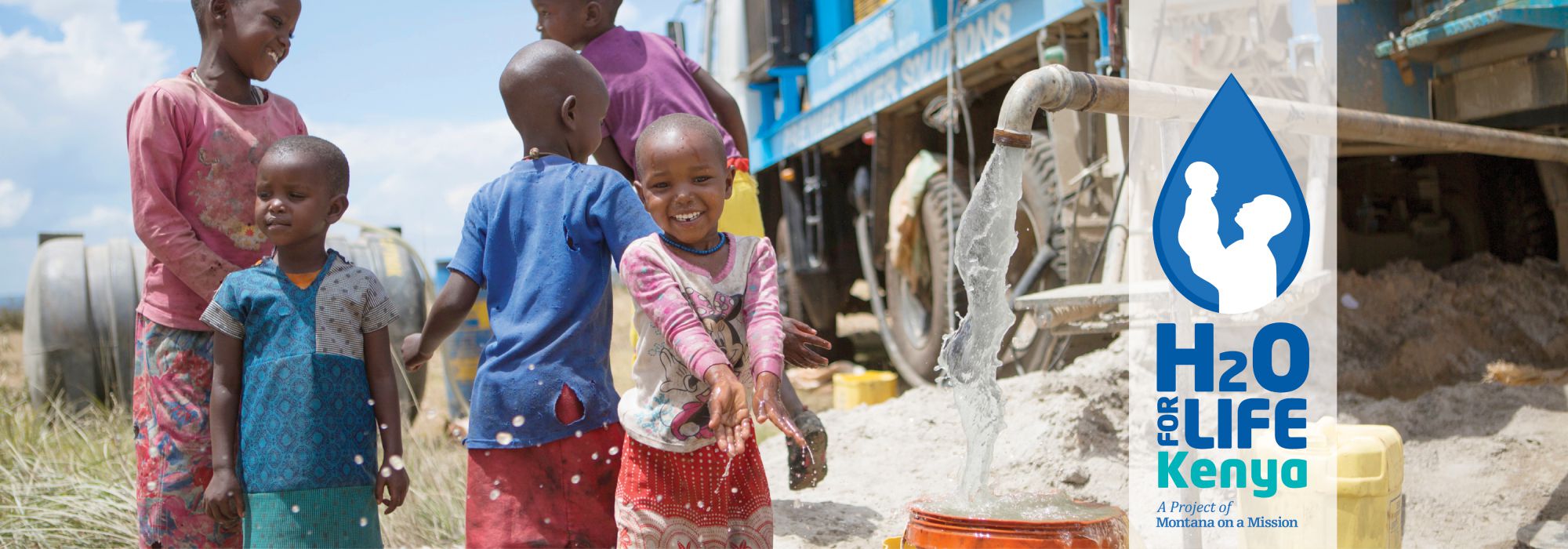
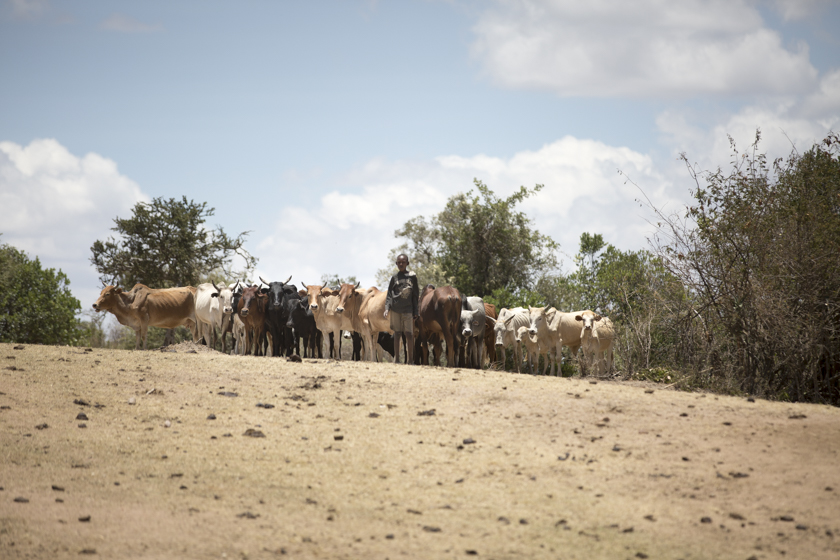
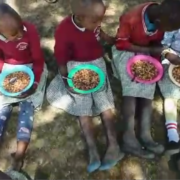
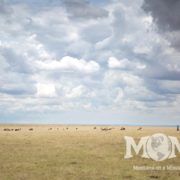
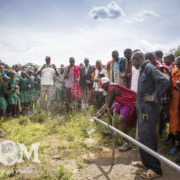
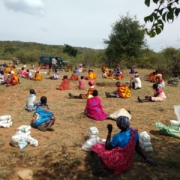
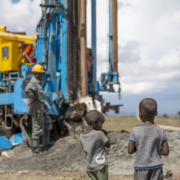







Leave a Reply
Want to join the discussion?Feel free to contribute!